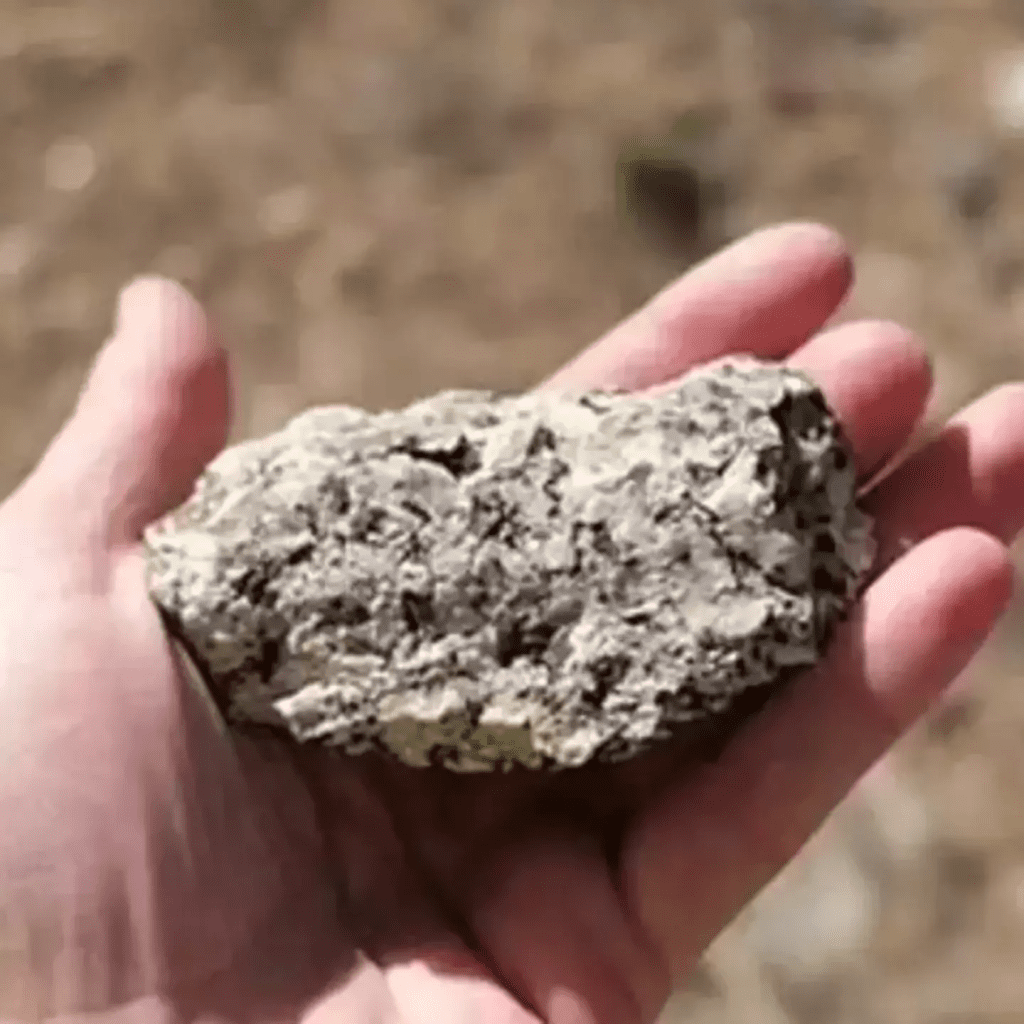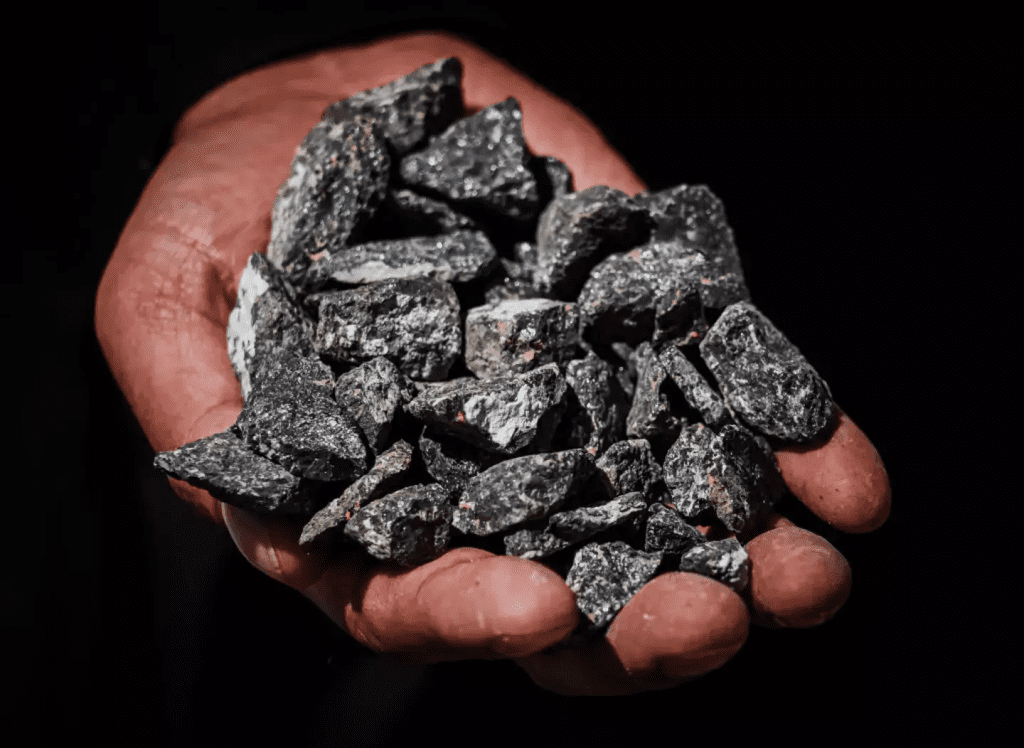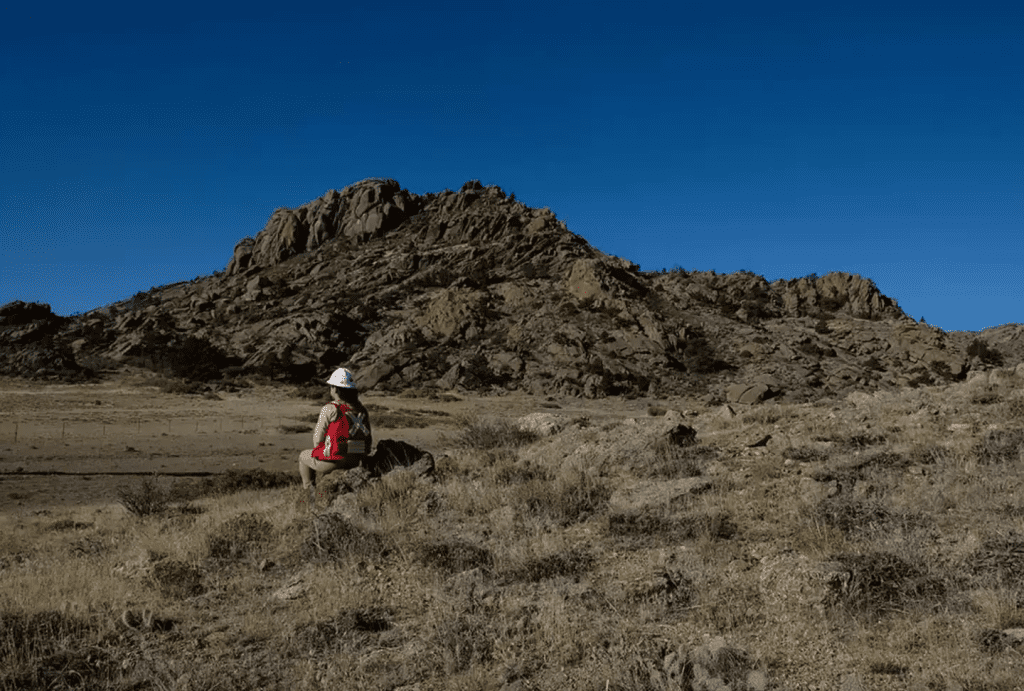The United States just uncovered a staggering 2 billion tons of rare earth minerals on American soil, potentially positioning the country as a world leader in this essential resource market. In a world where China dominates the rare earth mineral industry, this recent discovery could mark a pivotal moment for the U.S. economy and its technological future. Here’s what we know about this game-changing find and what it means for the nation.

A Rare Discovery in Wyoming: A Treasure Trove of Minerals
American Rare Earths, a mining company focused on uncovering resources within the U.S., struck gold—well, figuratively—in Wyoming. By tapping into only 25% of the land in their project area, they uncovered an extensive deposit of rare minerals, including neodymium, praseodymium, samarium, dysprosium, and terbium. These materials are critical for manufacturing everything from smartphones to electric cars, aircraft, and various electronics.
Given that American Rare Earths has only scratched the surface with initial drilling, experts believe there could be even more minerals waiting to be discovered. This breakthrough could mark a turning point, particularly as the U.S. currently relies heavily on imports for its mineral needs.
Why Rare Earth Minerals Matter: Fueling Modern Technology
Rare earth minerals are more than just elements; they are the backbone of modern technology. They play a vital role in the development of advanced electronics, renewable energy, defense systems, and many other industries. Here are just a few of the technologies and products that rely on these minerals:
- Smartphones and Computers: Rare earth elements are crucial for producing the tiny magnets in smartphones and computer hardware.
- Electric Vehicles: Minerals like neodymium and dysprosium are essential for creating powerful magnets used in electric car motors, reducing emissions and reliance on fossil fuels.
- Military and Aerospace: These materials are essential in missile guidance systems, jet engines, and other defense technologies.
- Renewable Energy: Rare earth minerals are vital for wind turbines and solar panels, making them key to a sustainable energy future.
In short, these minerals are not just valuable—they’re essential for technological advancement and national security.
The U.S. vs. China: A Race to Dominate Rare Earth Production
Currently, China controls around 95% of the rare earth mineral market and holds 31% of global manufacturing power. The U.S., on the other hand, relies on imports for approximately 74% of its mineral needs and represents only 15% of global manufacturing. This dependency on foreign resources has left the U.S. vulnerable in a market dominated by Chinese supply chains.
This discovery in Wyoming could be the first step in shifting that balance. By boosting domestic production, the U.S. could reduce its reliance on Chinese exports and become a significant player in the global market. With control over its own mineral resources, the U.S. could strengthen its economic and technological standing worldwide.
American Rare Earths: Pushing the Boundaries of Resource Discovery
The company at the heart of this breakthrough, American Rare Earths, began drilling in Wyoming in early 2023. Initially, they estimated around 1.2 million metric tons of minerals in the area. However, ongoing exploration has revealed that the potential yield may be much higher than expected. According to Don Schwartz, CEO of American Rare Earths, the company has already increased its yield by more than 64% during developmental drilling.

Typically, further drilling reduces resource estimates as the exploration refines its data. But in this case, the opposite occurred: with just 25% of the project drilled, resources increased significantly. Schwartz suggests that this may only be a fraction of what lies beneath the surface, indicating the project’s substantial growth potential.
Another Major Find: Ramaco Resources Uncovers More in Wyoming
Interestingly, American Rare Earths isn’t the only company finding valuable resources in Wyoming. Ramaco Resources, another U.S.-based company, recently discovered rare mineral deposits near Sheridan, Wyoming. Valued at around $37 billion, this find could further contribute to the country’s rare earth reserves. However, American Rare Earths remains confident that its discovery is on a much larger scale, with Schwartz asserting that their resources are “an order of magnitude” larger than those found by Ramaco.
Ramaco’s findings, though smaller in scope, underscore Wyoming’s potential as a rare earth mineral hotspot and emphasize the growing trend of American companies discovering resources that can significantly impact the nation’s economy.
Implications of the Discovery: Boosting the U.S. Economy and Global Influence
If the U.S. can successfully harness these newly discovered mineral reserves, the potential benefits are enormous. Here are a few ways this discovery could reshape the American economy and its position on the world stage:
- Strengthened National Security: Reducing dependence on foreign minerals could enhance national security, especially in sectors like defense and technology, which rely heavily on rare earth elements.
- Economic Growth: This discovery could lead to job creation and attract investments in mining, technology, and manufacturing sectors, boosting the U.S. economy.
- Leadership in Clean Energy: With rare earth minerals vital to renewable technologies, the U.S. could make significant strides in green energy, reducing its carbon footprint and leading the charge toward global sustainability.
- Reduced Reliance on China: With more resources at home, the U.S. can cut down on imports, lessening its dependence on China’s mineral exports and reclaiming some control in the global supply chain.
- Export Potential: Once established, the U.S. could even export rare earth minerals, providing other nations with a reliable alternative to China and establishing itself as a leader in mineral resources.

Challenges Ahead: From Discovery to Sustainable Mining
While the discovery is a promising first step, the U.S. faces some challenges in transforming this potential into a reliable resource stream. Sustainable mining practices, environmental considerations, and the costs of extracting and processing these minerals will require substantial investment and innovation.
American Rare Earths will need to develop efficient mining techniques that minimize environmental impact and optimize extraction methods. Additionally, the regulatory process for rare earth mining and production is extensive, and balancing these requirements with the urgency to reduce dependence on foreign minerals could be challenging.
Can This Discovery Make the U.S. a World Leader in Rare Earth Minerals?
With the potential of this discovery, the U.S. has a real opportunity to reshape its place in the rare earth mineral market. By harnessing these newfound resources, the country could become a key player in the industry, not only reducing its dependence on imports but also strengthening its global influence.
Becoming a world leader in rare earth minerals would elevate the U.S. in areas like technology, clean energy, and national security, marking a significant shift in global dynamics. If American Rare Earths and other U.S.-based companies can continue to find and develop these resources effectively, this discovery could set the stage for a new era of American dominance in rare earth minerals.
Conclusion: A Golden Opportunity for the United States
The discovery of over 2 billion tons of rare earth minerals in the U.S. could be a game-changer, not just for the mining industry but for the country’s future as a global leader in technology and resource independence. With the potential to rival China’s dominance in the rare earth market, this find could be the key to revitalizing America’s manufacturing capabilities, enhancing national security, and bolstering economic growth.
While challenges remain in sustainable extraction and production, this discovery presents a golden opportunity for the U.S. If harnessed effectively, these minerals could redefine America’s role on the global stage, ushering in a new era of innovation, sustainability, and economic resilience.


